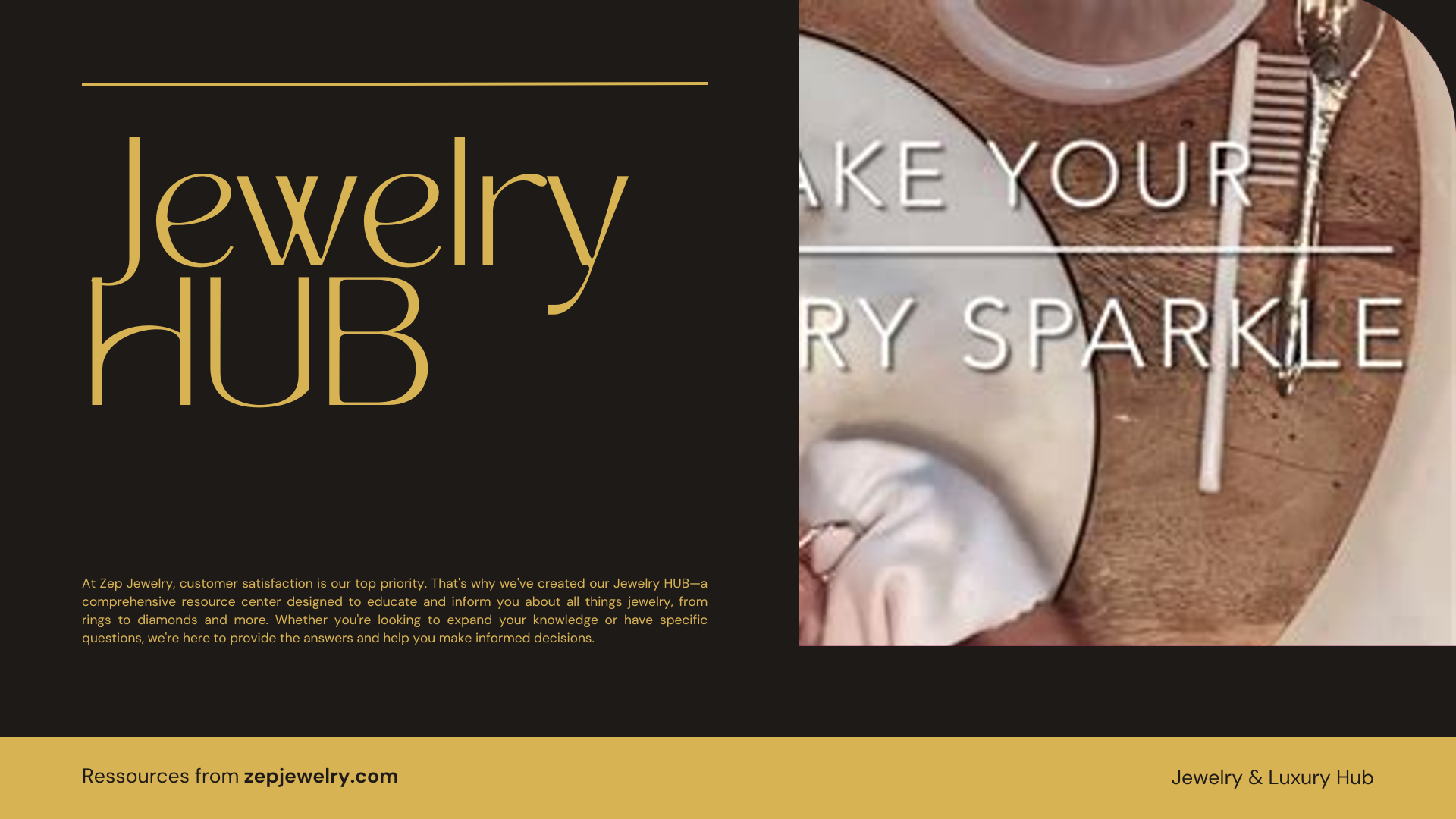Have you ever marveled at how a dull piece of silver jewelry can transform into a shimmering masterpiece? Picture this: a tiny sonic orchestra, blasting away dirt and grime, rejuvenating your favorite pieces in mere minutes. While most of us are armed with polish and elbow grease, jewelry stores have a secret weapon in their cleaning arsenal—ultrasonic cleaners. These remarkable machines harness the power of high-frequency sound waves to perform a delicate dance with tarnished silver, revealing the jewelry’s natural luster and intricate details. Dive into the world of ultrasonic cleaning, and uncover how your beloved trinkets can regain their sparkle without lifting a finger.
How do jewelry stores utilize ultrasonic cleaners to clean silver jewelry?
Jewelry stores employ ultrasonic cleaners to meticulously clean silver jewelry by taking advantage of high-frequency sound waves within a liquid medium. These ultrasonic cleaners function by creating rapid vibrations that agitate the cleaning solution, producing microscopic bubbles that implode, a process known as cavitation. This powerful action effectively dislodges dirt, grime, and tarnish not only from the surface but also from the hard-to-reach crevices of the jewelry, resulting in a level of cleanliness that often goes beyond traditional cleaning methods.
This technique is particularly advantageous for intricate pieces or items with detailed designs where debris can accumulate. Additionally, ultrasonic cleaning can be used safely on most types of silver jewelry without risking damage to the pieces, provided they do not contain delicate stones or elements that might react adversely to the cleaning solution. It’s worth noting that while this method is exceptionally effective for silver, jewelers often complement it with polishing to give the jewelry a final lustrous finish. The combination of ultrasonic cleaning and polishing ensures that your silver jewelry comes out sparkling and looking almost as good as new.
What methods do jewelers use to polish silver jewelry after cleaning?
After the initial cleaning with ultrasonic technology, jewelers frequently utilize polishing techniques to restore the shine of silver jewelry. This may include using specialized polishing cloths or compounds that can gently buff the surface, enhancing its luster and removing any remaining tarnish. The goal is to not only clean but to rejuvenate the piece, ensuring it looks as good as new.
How can household items be used to clean tarnished silver jewelry?
If you prefer to tackle tarnish at home, a mixture of three parts water and one part cornstarch forms a paste that effectively lifts tarnish from silver. Apply this paste to the affected areas, allow it to dry, and then rub it off with an abrasive cloth. Additionally, other common household items like baking soda and aluminum foil can create a chemical reaction that reverses tarnishing, making them practical alternatives to commercial cleaners.
Why does silver jewelry tarnish and how can it be prevented?
Silver tarnish occurs through a reaction with sulfur and oxygen in the environment, leading to the formation of silver sulfide. Factors like high humidity and exposure to body products can accelerate this process. To combat tarnishing, one should remove jewelry before applying cosmetics, store pieces in airtight containers, and occasionally wear the silver items to maintain their natural shine from skin oils.
When is it advisable to seek professional cleaning services for silver jewelry?
For intricate or valuable silver pieces, utilizing professional cleaning services is often recommended. Jewelry stores not only use advanced cleaning techniques, such as ultrasonic cleaning and professional-grade polishing solutions, but they also understand the unique characteristics of each piece, ensuring optimal care. Opting for professional help can yield remarkable results, effectively restoring the jewelry to its original brilliance.
What are the differences among pure silver, sterling silver, and silver-plated jewelry in terms of cleaning?
Pure silver, being 99.9% silver, is malleable and quite rare for jewelry production. Sterling silver, the most common form, consists of 92.5% silver mixed with other metals, like copper, making it more prone to tarnishing. Silver-plated jewelry, on the other hand, contains a thin layer of sterling silver over a base metal and requires gentle cleaning methods to avoid stripping away the thin silver coating. Understanding these differences aids in selecting the appropriate cleaning strategy for each type.
